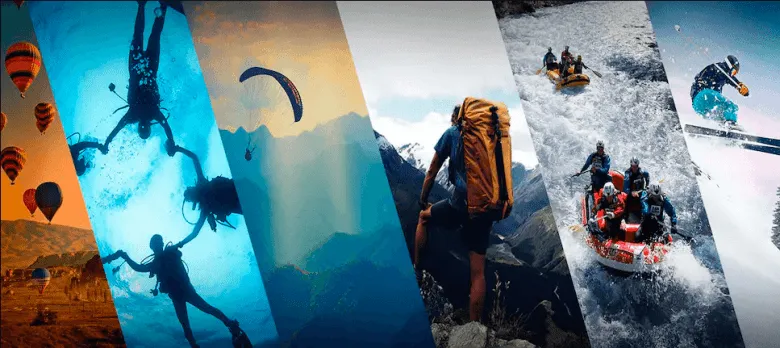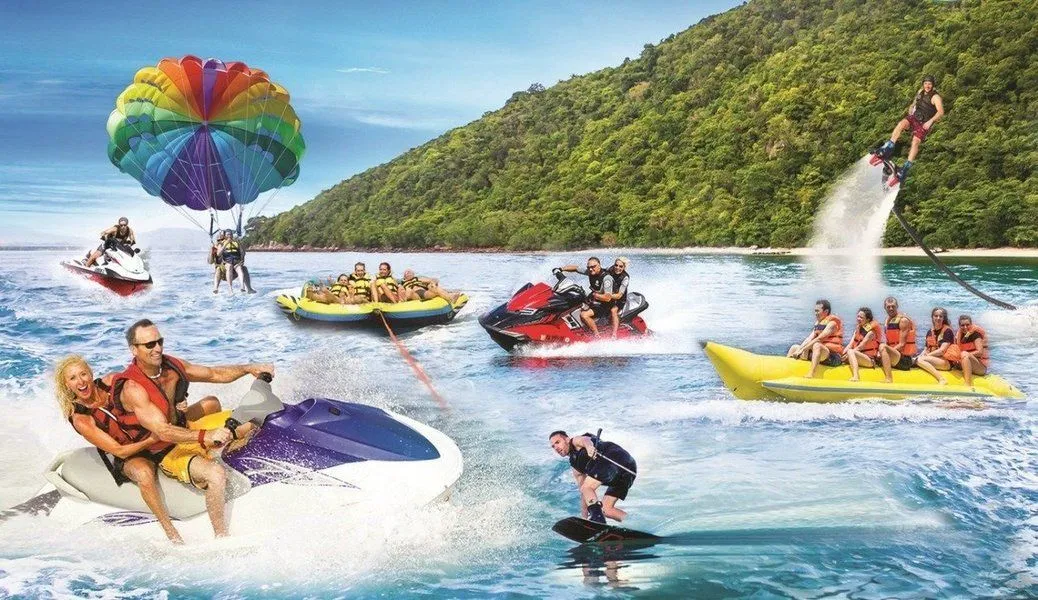Adventure Travel Guides: Hiking, Road Trips, Water Sports

Adventure Travel Guides: Hiking, Road Trips, Water Sports
Adventure travel is evolving rapidly as more people seek active ways to explore landscapes, cultures, and ecosystems. This comprehensive, report-style guide covers three of the most popular adventure formats — hiking, road trips, and water sports — and provides practical planning advice, safety updates, gear recommendations, and sustainability practices to help modern travelers design memorable and responsible trips. Whether you are mapping a multi-day trek, planning an epic coastal drive, or preparing for a diving or surfing expedition, this article synthesizes the latest developments and field-tested tips to keep you informed and ready.

Why adventure travel is in the headlines: current trends and quick update
Recent travel analytics show rising demand for low-density, experience-led trips. Hikers are favoring lesser-known highland routes, road trippers seek curated scenic byways, and water-sport enthusiasts opt for conservation-oriented operators. Technological advances — portable satellite communicators, improved weather forecasting apps, and lightweight technical gear — are opening more remote areas to safer exploration. At the same time, regulators and local authorities are tightening permit systems to protect fragile environments, so staying updated on local rules is essential.
Hiking: planning, training, and route selection
Hiking ranges from easy day walks to technical alpine expeditions. Start your planning by selecting a route that matches your fitness and technical skills. Review official trail guides and recent trip reports to assess trail conditions and seasonal access. High-altitude treks require acclimatisation plans; coastal cliff walks demand awareness of tides and loose rock. Factor in permits, camping regulations, and local fire restrictions. Build a realistic itinerary that allows buffer days for weather or health-related delays.
Training and fitness recommendations
Prepare with progressive hikes, strength training, and cardiovascular workouts. Practice with loaded packs to simulate real conditions. If your route includes scrambling or glacier travel, take certified courses before attempting technical sections. For long treks, test gear on shorter multi-day trips to refine load, clothing choices, and sleep systems.
Essential hiking gear checklist
Invest in good footwear, layered clothing, a weatherproof shell, and a reliable backpack. Carry navigation (paper map, compass, GPS), a first-aid kit, repair tools, and emergency shelter. Lightweight water purification and adequate food supplies are critical for remote routes. Consider a satellite messenger or personal locator beacon for areas without mobile coverage.
Road trips: route design, vehicle prep, and safety
Road trips combine mobility with flexibility. Define a realistic daily distance, factor in scenic detours, and create fallback stops for fuel and lodging. Service your vehicle before departure: check tires, brakes, fluids, and emergency spares. For remote drives, carry extra fuel, water, and navigation redundancy. Modern road-trippers also leverage community-sourced alerts for road closures and wildlife crossings to reduce risk.
Vehicle and legal considerations
Ensure your insurance covers long-distance or cross-border travel and confirm license requirements for international trips. If using rental vehicles, inspect the vehicle for existing damage, and document it. For campervans or overlanding, practice compact packing and secure loose items to avoid hazards while driving.
Water sports: training, equipment, and marine stewardship
Water sports span kayaking, white-water rafting, surfing, scuba diving, and sailing. Training varies by discipline: take certified courses for scuba and advanced paddling, and practice basic rescue skills for river sports. Use properly maintained safety equipment — helmets, buoyancy aids, personal locator beacons — and confirm operator credentials for guided activities. Environmental responsibility is crucial: choose reef-safe sunscreen, avoid disturbing wildlife, and follow local marine park rules.
Dive and surf operator selection
Choose operators with clear safety briefings, modern equipment, and environmental commitments. Confirm guide-to-client ratios for dive trips and check certifications like PADI or equivalent. For surf coaching, look for instructors who emphasize ocean awareness and local etiquette.
Insurance, permits, and emergency planning
Adventure-specific insurance is non-negotiable. Verify coverage for evacuation, rescue, and activity-specific risks. Obtain permits for protected areas and check seasonal access rules. Prepare an emergency plan with contacts, route notes, and local authority information. For group trips, designate a communication protocol and a contingency meeting point in case of separation.
Sustainable adventure and low-impact travel
Respecting ecosystems and communities ensures adventures remain possible for future generations. Pack reusable items, dispose of waste responsibly, and prefer local guides and businesses. Support conservation by paying park fees and following seasonal restrictions. When possible, travel in small groups and avoid creating new trails or campsites.
Adventure travel blends physical challenge with discovery. Whether you are hiking remote passes, driving scenic byways, or riding ocean swells, thorough planning, responsible choices, and up-to-date safety practices transform risk into rewarding exploration. Use this practical guide as a blueprint to build your next adventure, informed by recent developments and best practices in the field.
Comment / Reply From
No comments yet. Be the first to comment!







